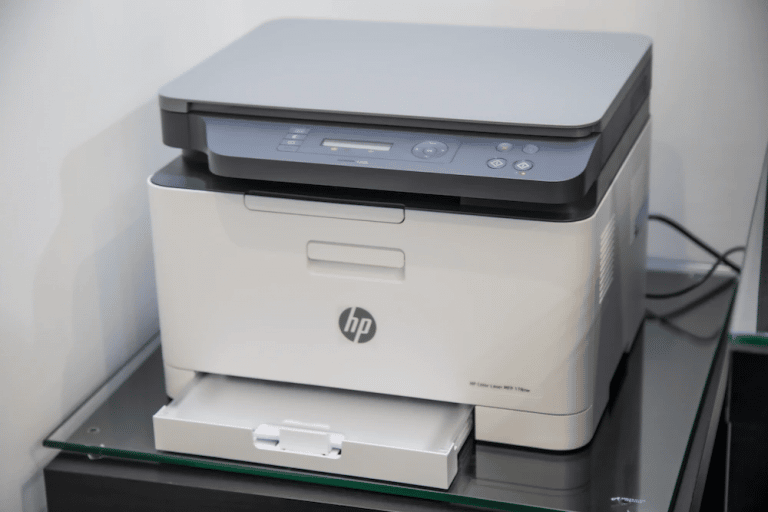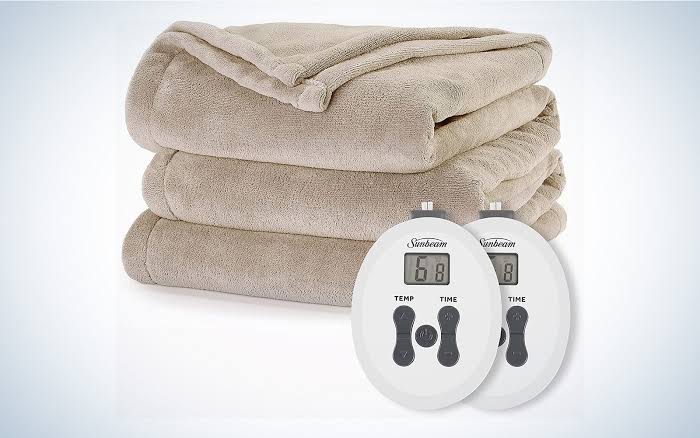How Long Do Electric Fireplaces Last?
How Long Do Electric Fireplaces Last?
Electric fireplaces have gained immense popularity as stylish and convenient alternatives to traditional wood-burning or gas fireplaces.
They provide warmth and ambiance without the need for venting or messy fuel.
However, like any other home appliance, electric fireplaces have a limited lifespan.
In this article, we’ll explore the factors influencing the longevity of electric fireplaces, average lifespan estimates, and ways to extend their lifespan.
How Electric Fireplaces Work
Electric fireplaces utilize a combination of heating elements and realistic visuals to create the illusion of a traditional fireplace.
The heating mechanism typically consists of infrared quartz or ceramic heating elements, which emit heat when electricity flows through them.
These elements warm up quickly, allowing the fireplace to provide instant heat.
There are various types of electric fireplaces available, including wall-mounted, freestanding, and insert models.
Wall-mounted fireplaces are designed to be mounted directly on the wall, adding a modern touch to any room.
Freestanding fireplaces resemble traditional wood-burning stoves and can be placed anywhere with an electrical outlet.
Insert fireplaces can be installed in existing fireplaces to convert them into electric ones.
Factors Affecting the Lifespan of Electric Fireplaces
Several factors influence the lifespan of electric fireplaces, and understanding them can help users make informed decisions.
Build quality and materials play a crucial role in determining how long an electric fireplace will last.
Fireplaces constructed with high-quality components and durable materials tend to have a longer lifespan.
On the other hand, cheaper models with subpar craftsmanship may wear out more quickly.
The frequency of use also affects the longevity of electric fireplaces. Fireplaces used frequently, especially for prolonged periods, may experience more wear and tear compared to those used occasionally or seasonally.
Proper maintenance and care significantly impact the lifespan of electric fireplaces.
Regular cleaning, including dusting the unit and cleaning the heating elements, ensures optimal performance and prevents potential issues.
How Long Do Electric Fireplaces Last?
The lifespan of electric fireplaces can vary based on several factors.
One indicator of a fireplace’s expected lifespan is the manufacturer’s warranty.
Most reputable manufacturers offer warranties ranging from one to five years.
This warranty period reflects the manufacturer’s confidence in their product’s durability.
In real-world scenarios, electric fireplaces have an average lifespan of approximately 10 to 15 years.
However, it’s essential to note that this estimate may vary based on usage, maintenance, and other factors.
Recommended
- How Long Do 312 Hearing Aid Batteries Last?
- How Long Do Oticon Rechargeable Batteries Last
- How Long Do Raycon Earbuds Last? (Battery life)
Extending the Lifespan of Electric Fireplaces
Here are some key points to remember for proper maintenance and longevity of electric fireplaces:
1. Unplug the appliance before starting any maintenance tasks.
2. Follow manufacturer’s guidelines for installation, clearance, and ventilation.
3. Position the fireplace away from direct sunlight and moisture-prone areas.
4. Regularly inspect all parts for wear and proper insulation.
5. Clean the fan to ensure proper operation; use a brush or vacuum with an attached nozzle.
6. Replace the light bulb every two years or if it becomes damaged.
Clean the exterior parts of the fireplace for aesthetic maintenance.
7. Proper installation and positioning are crucial for longevity.
8. Regular cleaning prevents dust accumulation and ensures optimal performance.
9. Inspect and replace worn-out components like bulbs or heating elements.
10. Avoid overuse and overheating to prevent premature wear and tear.
By following these maintenance tips, you can extend the lifespan of your electric fireplace and ensure its continued quality and performance.
Signs of a Deteriorating Electric Fireplace
Over time, electric fireplaces may show signs of deterioration.
Recognizing these signs can help users address potential issues promptly.
1. Dimming or flickering flames can indicate a problem with the fireplace’s lighting or electrical circuitry. This issue may require professional assistance to diagnose and repair.
2. Uneven heating or cold spots may suggest a malfunctioning heating element or poor airflow within the fireplace.
Cleaning or replacing the affected component can help restore optimal heat distribution.
3. Strange noises or odors emanating from the fireplace may be signs of internal component failure or overheating.
In such cases, it’s advisable to seek professional help to avoid further damage or potential safety hazards.
Repairing and Replacing Components
Electric fireplaces consist of several components, and certain parts may require repair or replacement over time.
Common component failures include malfunctioning heating elements, faulty thermostats, or defective motors.
These issues can often be addressed by contacting the manufacturer or a professional fireplace technician for assistance.
For individuals who are not confident in their repair skills or have complex issues, seeking professional assistance is recommended.
Experienced technicians can diagnose and repair faulty components effectively, ensuring the fireplace continues to function optimally.
Upgrading to a New Electric Fireplace
If an electric fireplace has reached the end of its lifespan or requires frequent repairs, upgrading to a new model may be a wise choice.
Advancements in technology and design have led to more energy-efficient and aesthetically pleasing options.
Newer electric fireplaces offer features such as adjustable flame settings, remote controls, and built-in thermostats.
Upgrading to a new model can not only enhance the visual appeal of a room but also provide improved performance and energy efficiency.
Conclusion
Electric fireplaces offer a convenient and stylish alternative to traditional fireplaces, but like any other appliance, they have a limited lifespan.
By understanding the factors affecting their longevity and implementing
proper maintenance and care, users can extend the lifespan of their electric fireplaces.
Regular cleaning, avoiding overuse, and addressing issues promptly can help ensure optimal performance and enjoyment for many years.
FAQs About Electric Fireplace Lifespan
Q: Can electric fireplaces be left on overnight? A: It is generally safe to leave electric fireplaces on overnight, but it is advisable to follow the manufacturer’s guidelines and use caution.
Q: Are electric fireplaces energy-efficient? A: Yes, electric fireplaces are typically more energy-efficient than traditional wood-burning or gas fireplaces because they don’t lose heat through a chimney or vent.
Q: Can I install an electric fireplace myself? A: The installation process for electric fireplaces varies, and some models may require professional installation. It’s important to consult the manufacturer’s instructions and guidelines.
Q: Are electric fireplaces suitable for apartments or small spaces? A: Yes, electric fireplaces are suitable for apartments.
Q: How long does the bulb in an electric fireplace last?
A: LED bulbs used in electric fireplaces typically last around 17520 hours, equivalent to 2 years of normal use.






